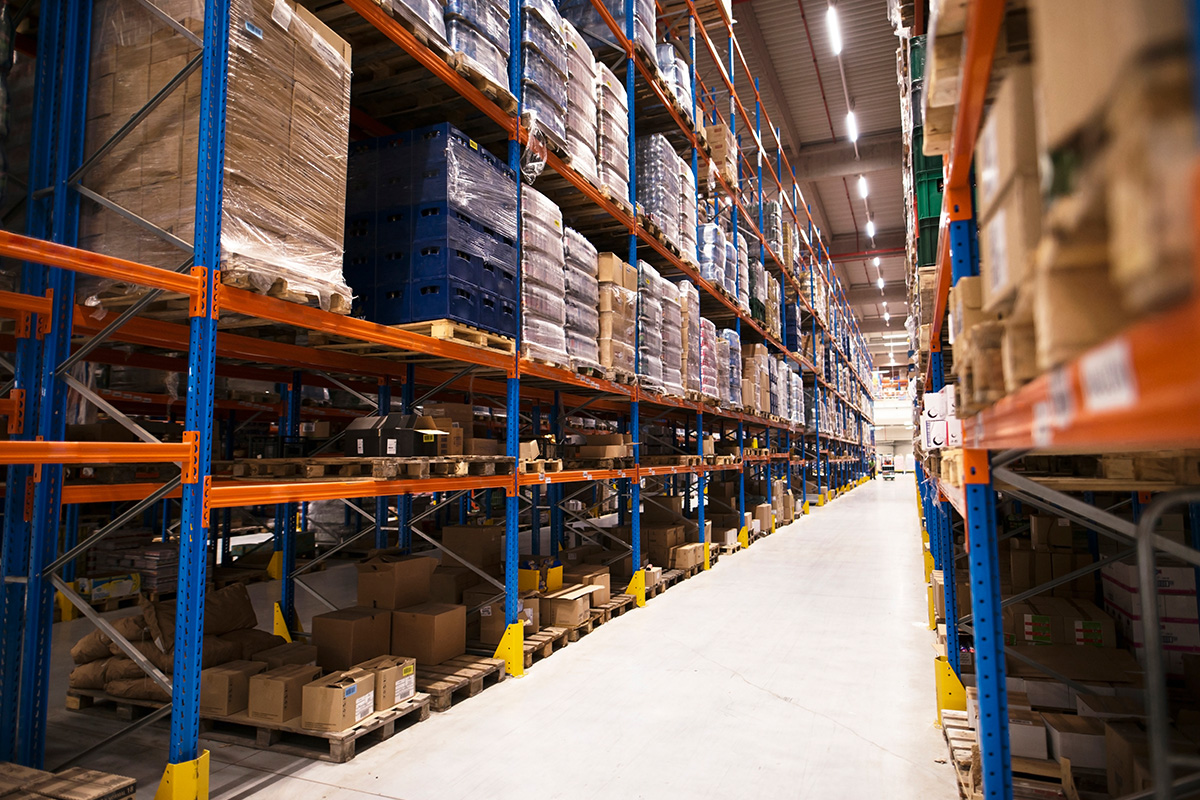
4 Benefits of Retrofitting Vacant Buildings Into Storage & Warehouse Space
The country is experiencing an unprecedented warehouse and storage space shortage. Some experts indicate that hundreds of millions of additional square footage will be needed over the next two or three years alone. This niche commercial space need presents a unique opportunity for developers interested in retrofitting vacant and underused buildings. Business visionaries have a rare opportunity to repurpose outdated structures and gain the following retrofitting benefits.
1. Repurposing Tax Incentives Available
Investors may have an opportunity to leverage wide-reaching tax credits and deductions by bringing old structures back to life. The Federal Historic Preservation Tax Incentives were created to promote the refurbishing of structures that had fallen into disrepair. Commonly referred to as the Historic Tax Credit, developers are not required to return an old mill or office building to its original condition or use. By retrofitting an existing structure for warehouse space or self-storage, investors may be eligible for a 20 percent tax credit. It’s also worthwhile to conduct due diligence about local and state incentives that involve job creation.
2. Retrofitting Reduces Unnecessary Energy Expenses
Improving the condition of a building usually includes introducing an updated HVAC system. Regardless of how energy-efficient the unit and overall system are rated, utility bills are tied to insulation. Part of retrofitting an old, poorly insulated structure involves making it more effective at retaining heat and air conditioning. The process also invites developers to take advantage of sustainable energy resources and the government tax incentives driving those industries.
3. Retrofitting Increases Facility Profits
Before the supply chains bottlenecks exposed the country’s critical need for millions of square feet of warehouse and storage space, lease rates were already increasing rapidly. By May 2021, demand allowed property owners to raise lease premiums by an average of 7.1 percent compared to the same period the previous year. Some areas saw the value of commercial warehouse space skyrocket. For example, rates rose by 20 percent in Philadelphia, 24 percent in Southern California, and upwards of 33 percent in Northern New Jersey, year-over-year. Demand for warehouse and storage space shows no signs of slowing, and property owners who update buildings can anticipate improved profit margins.
4. Retrofitting Increases Resale Value
Developers and investors who prefer not to get involved in the day-to-day operations of a facility can turn a significant profit by retrofitting. Metal infrastructure remains highly cost-efficient and ranks among the fastest ways to repurpose an outdated facility. After enjoying the tax and energy incentives associated with upgrading old manufacturing plants and underused structures, savvy investors can resell the facility and make a handsome profit. Municipalities remain open arms to investors and developers revitalizing their tax base and creating job opportunities. That means the retrofitting business model can prove profitable again and again.
If you are considering retrofitting a building into a commercially viable warehouse or storage space, the experienced professionals at Dutton & Garfield provide state-of-the-art metal building designs and construction for New England businesses. Contact us for a consultation today.
